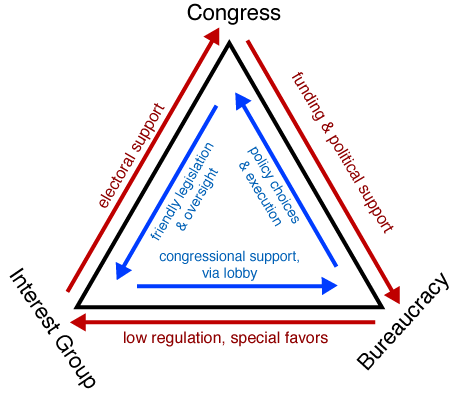People with intractable pain are more likely to need LTOT. Things like CBT are NOT going to work and haven't worked for these people and most of them have already tried everything else. Why are we spending billions on research without acknowledging this monumental difference? 🧵
People don't understand that pain is a nuanced topic. There are people who haven't developed chronic pain yet, those with chronic pain at the beginning or middle of their journey, and then there are intractable pain patients. Why isn't research catching onto this?
There should be very structured research strategies taking these differences into account. Maybe @NIH and @PCORI can explain why these differences are not being acknowledged. We need research on LTOT too and what is comparative effectiveness research without a comparison?
I realize that PCORI does most of the ACA-mandated CER, but the NIH is doing pain research and conflating it with addiction at every turn under the HEAL initiative, and often conducting embedded pragmatic clinical trials (ePCTs) on people without their knowledge or consent.
Why did the Federal Pain Research Strategy leave out these nuances? Is research going to continue ad infinitum without so much as a safety net for those force tapered and/or forced into "addiction" medicine because of the CDC Guideline, despite the fact we never drove the crisis?
Because it seems like either shoddy reactionism or simply intentional at this point, and neither breeds a lot of faith in what's being undertaken with our tax $ Where is our return on investment, or are we just expected to suffer while science endlessly searches for alternatives?
There are millennia of empiricism saying opioids work for pain. ALL pain, not just cancer pain, as if there's a difference. In fact, those who seek to make a distinction, and/or conflate pain with "addiction" appear to be creating economic health at the expense of the population.
Maybe you haven't noticed, but all these policies proliferating in the wake of the OD crisis have only made things WORSE. 100k people died of OD/poisoning. We have no idea how many died from forced tapering. How many more will it take for sane policy & appropriate research aims?
Intractable pain patients need a solution NOW. Nearly half of the chronic pain patients that have followed me over the years are either dead or simply disappeared without a trace. Where are @StefanKertesz's and @AllysonVarley's millions for research funding to look at #Suicide?
How long are we expected to wait for something to be DONE about the incorrect application of the CDC GL that went dangerously outside of its stated purpose/targeted audience, i.e., primary care? Not to mention the fact that NO ONE conducted outcomes tracking? The time is right:
• • •
Missing some Tweet in this thread? You can try to
force a refresh








